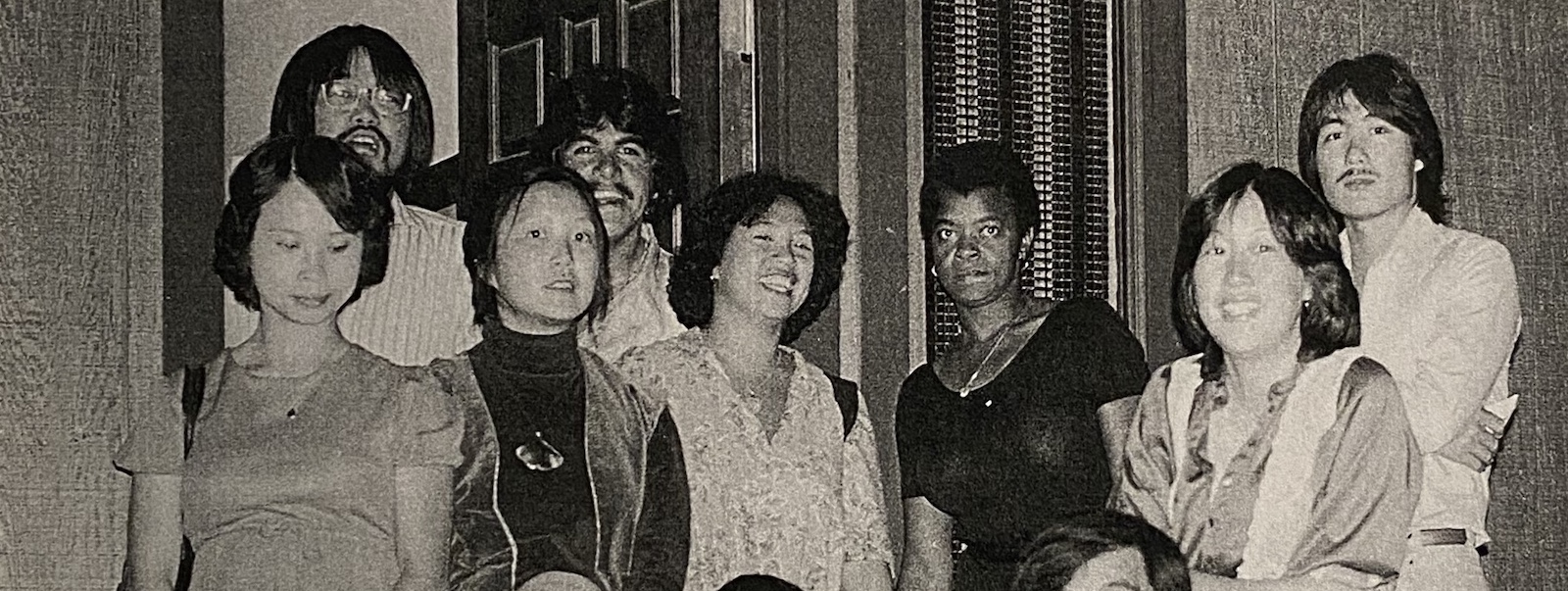1985-1990: Asian American Plurality
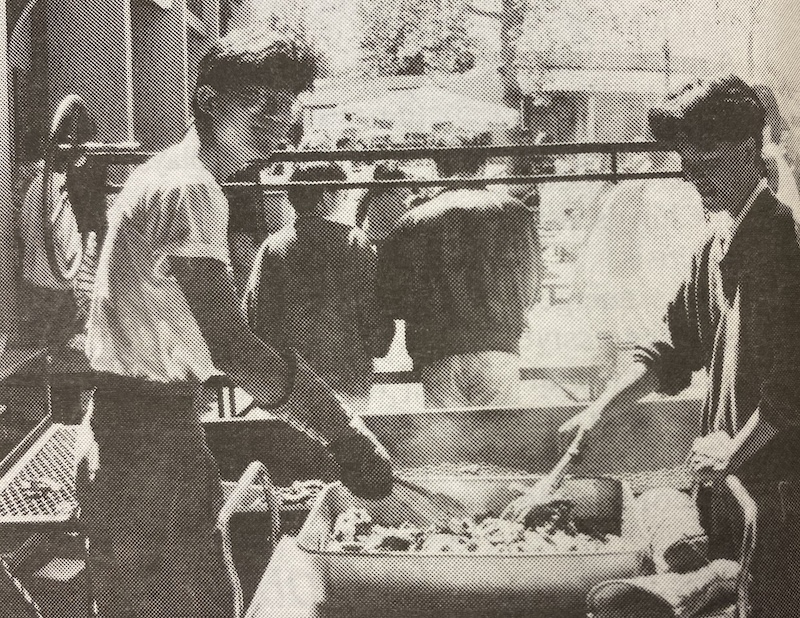
Members of the Korean Student Union hold a Korean Food Sale on the Campus Center patio as part of Asian Pacific Heritage Month. (La Voz, April 1991)
Overview
In the late 80s, people reckoned with the covert and institutionalized ways in which racism persisted. In the Bay Area, grassroots movements led by Japanese Americans resulted in awareness about the injustice of Japanese Americans incarcerated during WW2. Assembly Bill 1725 was passed in California to increase affirmative action hiring at community colleges, and students educated in Ethnic Studies at De Anza engaged in a revival of activism. The Division's existential crisis continued as it cycled through different hands of leadership and underwent another name change in 1990 to Intercultural/International Studies (IIS). Meanwhile, Asian Americans became the largest ethnic minority on campus, and a number of newly hired faculty and staff would change the face of Ethnic Studies on campus.
You know that feeling as a teenager when no one seems to understand you? If Ethnic Studies were a person, I imagine that’s how it would have described itself.
That’s why I chose to use the phrase "existential crisis" above—I felt it captures the Division's pathos at the time. Its name changes to Intercultural, then Intercultural/International Studies, reflect that same sense of uncertainty and struggle with identity.
Key Events
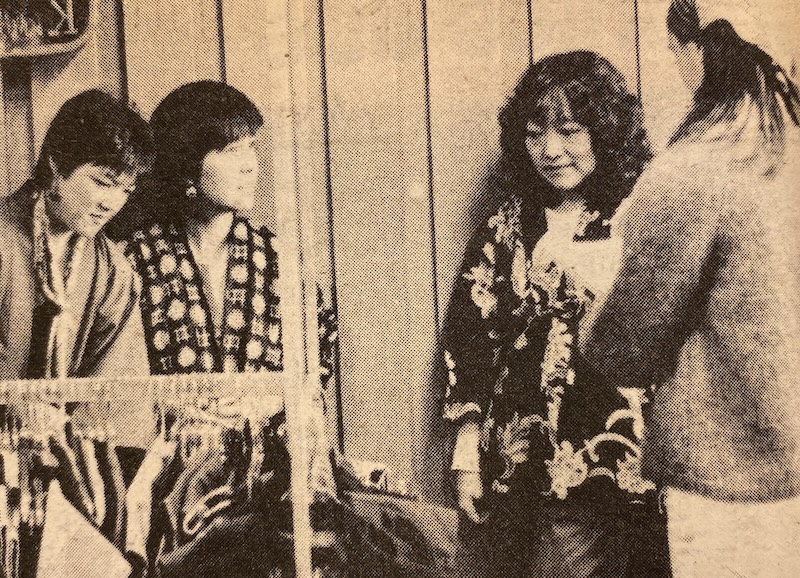
Designers display their creations during an Asian Awareness Month fashion show. (La Voz, 1982)
Spring 1985
Asian awareness month
Activities for Asian awareness month, sponsored by the Multicultural Department and Bilingual Center, include a panel of guest speakers who refute the government's justification of Japanese incarceration, calling recent court cases a “modern ethical issue.”
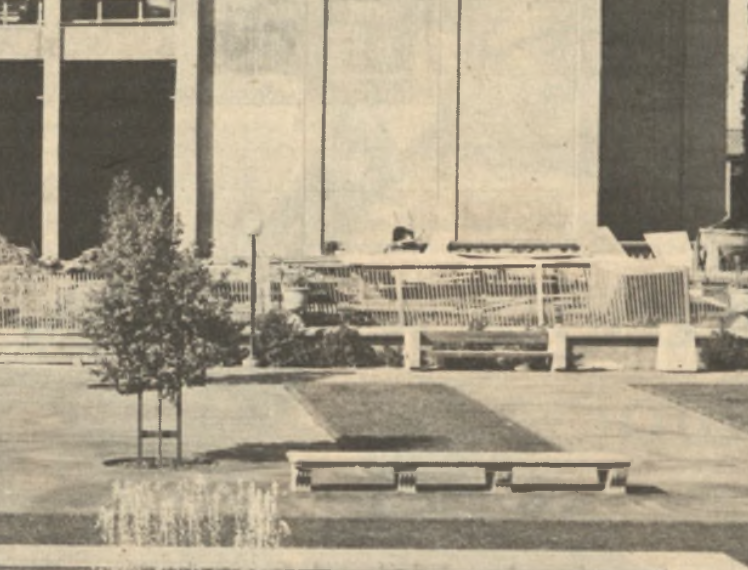
An empty De Anza campus (La Voz circa 1985)
Summer 1985
Mercado resigns
Olivia Mercado resigns as Intercultural Studies Dean. Division leadership rotates through the hands of a number of acting deans, including ICS professor Eb Hunter, until Lydia Ledesma is hired in 1989.
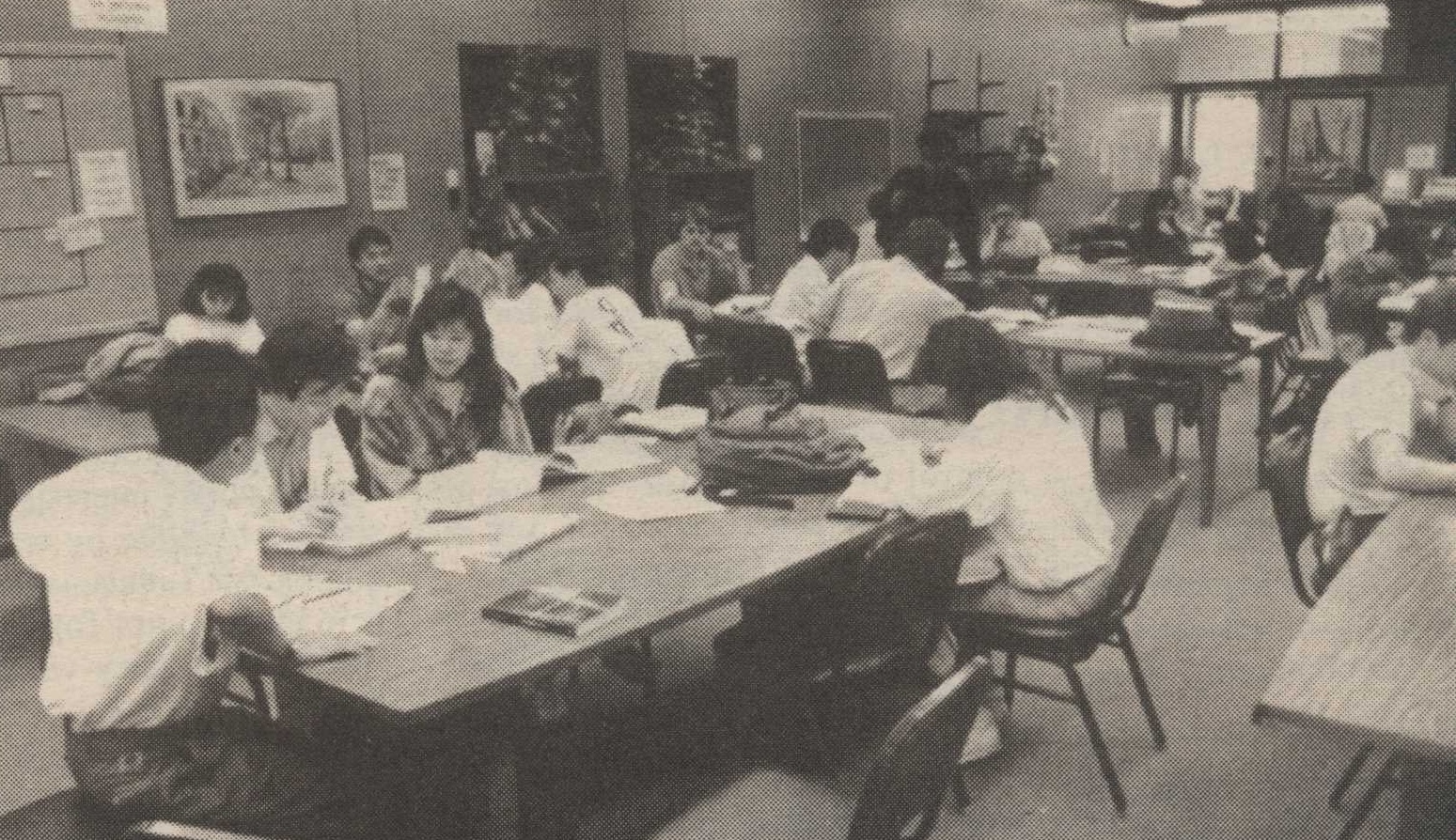
Tutorial center (La Voz, 1990)
Fall 1985
Transfer Center established
Counselor Donna Fung, working closely with the Multicultural Department, starts a Transfer Center program aimed at increasing transfer rates for (racial/ethnic) minority students.
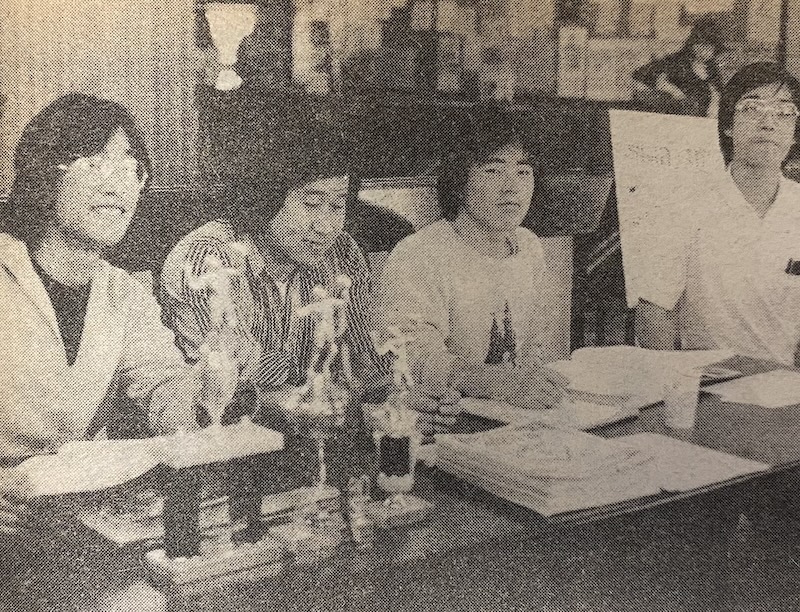
Members of De Anza's Asian Club. (La Voz, 1980)
Spring 1987
Asians are the largest ethnic minority on campus
A La Voz article entitled "Asian Month filled with celebrations that educate" reports: "According to administration statistics, Asians are by far the largest minority group on campus, numbering 15 percent of the campus population."
This represents significant growth compared to 1969, when the Ethnic Studies Division was founded. At the time, the Office of the Dean of Students reported that Asians comprised only 3% of the student body.
You may have noticed that in the demographic data above, Asian Americans were still labeled as "Orientals." While the term was commonly used to refer to people of Asian descent in the mid-20th century, it fell increasingly out of favor in the United States following the 1960s and 1970s, when the rise of movements like Asian American Studies criticized the term for its Eurocentric and colonial connotations.
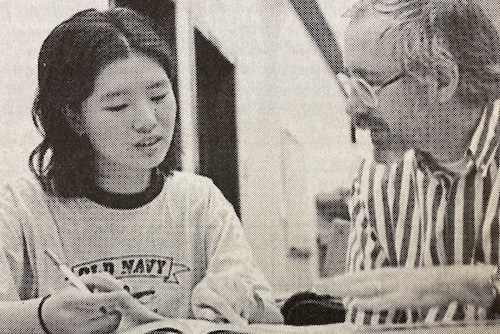
ESL (English as a Second Language) student and tutor. (La Voz, 1998)
September 19, 1988
Assembly Bill (AB) 1725 passed
De Anza scrambles to hire more minority instructors after the passage of AB 1725. The bill establishes a Faculty and Staff Diversity Fund to help hire a more diverse workforce. A La Voz article entitled "De Anza lacks minorities" reports that the goal is for 30 percent of the community college’s new hires to be ethnic minorities by 1992.
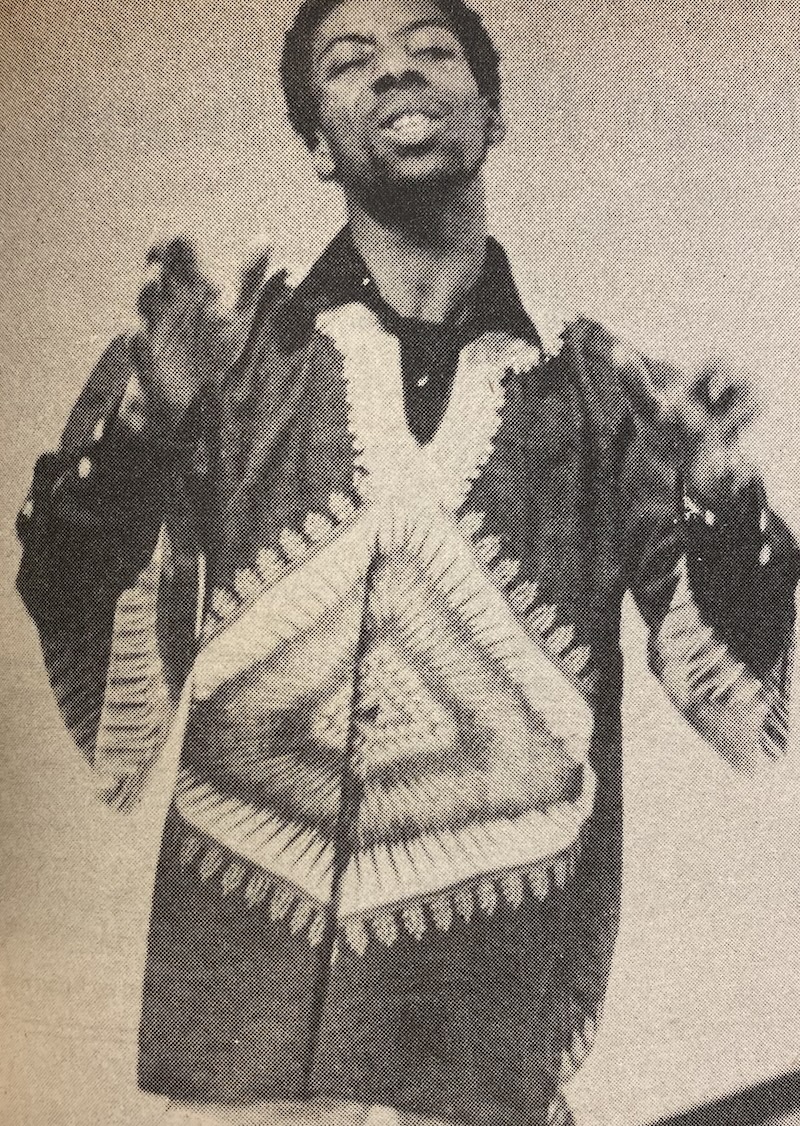
An artist performs during Black Heritage Month. (La Voz, 1980)
December 1, 1988
"Black Student Alliance grows in size and spirit"
A La Voz article reports that one of the Black Student Alliance's (BSA) strongest concerns include De Anza's Intercultural Studies Program and the Educational Bill of Rights. According to a BSA member, the ICS courses are "not balanced to meet the needs of minorities on campus."
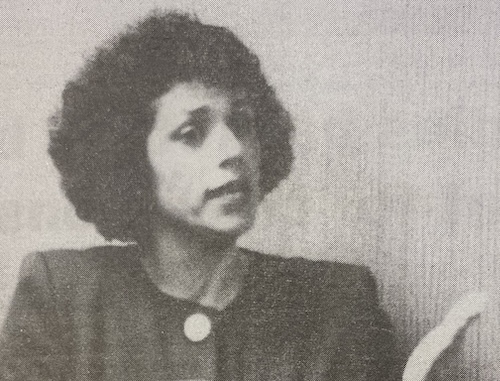
Lydia Ledesma speaks out in favor of IIS at a board meeting. (La Voz, 1993)
July 1, 1989
New dean
Lydia Ledesma takes on the position of full-time Dean of the Division, which has now been renamed to Intercultural/International Studies (IIS).
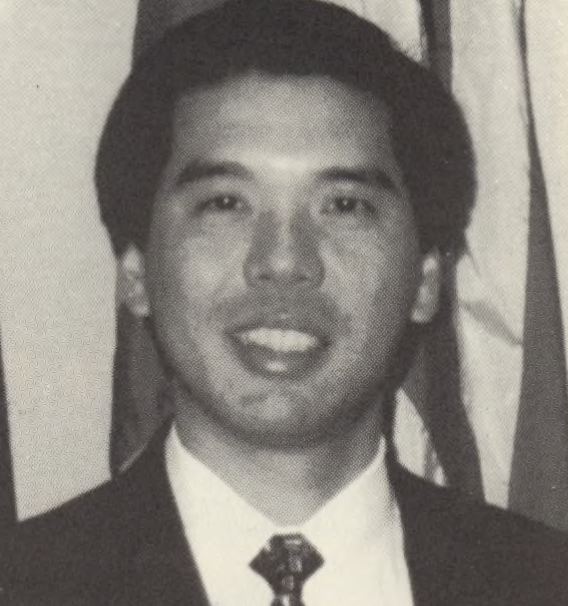
Michael Chang. (APALI opening ceremony program, 1997)
Fall 1989
Michael Chang joins as faculty
Originally hired as a joint appointment by Political Science and Asian Studies, Michael Chang asks to teach Asian American Studies instead. This eventually leads to stability and growth of Asian American Studies. Chang and counselor Susanne Chan also found the Asian Pacific American Staff Association (APASA) in 1990.
I remember Michael describing this period as a time when Ethnic Studies was trying to stabilize. The Division was small, with just a few full-time faculty. Ethnic Studies was chasing the growing popularity of Global Studies. I recall Michael saying that the Division developed its International Studies courses as a strategy for institutional survival.

Tam Nguyen, a key player on the undefeated Women's Tennis State Championship team, trains in preparation for the upcoming season. (La Voz, 1999)
Fall 1990
Two new courses offered to serve the Vietnamese American student population
The Division introduces two new courses in the 1990-91 course catalog to support the Vietnamese American student population: Vietnamese Cultural Adaptation (ICS 25) and Introduction to Vietnamese Literature (INTL 11). These courses respond to a significant demographic shift, as the Vietnamese American population in Santa Clara County increased by over 400 percent between 1980 and 1990 (US Census).
This curriculum expansion also marks the beginning of an institutional conversation on the evolving scope of Asian American Studies, a discussion that continues today about its relationship with Pacific Islander and Oceania Studies.
Takeaways
I think Ethnic Studies was still in retreat in this period. But a new Dean was hired and the ground for Asian American Studies was shifting.
As the Vietnamese American population grew, the school introduced new courses, including Vietnamese Literature, which later evolved into a Vietnamese American literature class in the Asian American Studies (ASAM) department. This reflected the changing nature of Asian American Studies as a field. New "Asian Americans" meant new literary traditions and histories to understand. It also raised ongoing questions about the boundaries of the field—a debate that continues today: What should be the institutional and scholarly relationship between Asian American Studies and Pacific Islands and Oceania Studies?
APASA was founded in 1990, and became a voice for advocacy. Meanwhile, the college was changing, with Asian American students making up 15 percent of the student body.
Michael Chang was hired in 1989. Though his initial teaching appointment was in other fields, he took up Asian American Studies. That was a pivotal moment. Michael became the first full-time faculty dedicated to teaching Asian American Studies at the college. I think Duane Kubo, former Dean of Intercultural/International Studies, summed it up well:
"I would say that the occasion of the Division hosting Michael's mayoral inauguration was a big turning point on this campus. It really put Asian American Studies on the map. It showed that people like Michael and other Asian Americans were primed for leadership. That the Division was not only an academic division, but it had pretty impressive faculty who were active in different parts of the campus, pushing for equity on different levels."
Source: Group interview, 20:25 timestamp

